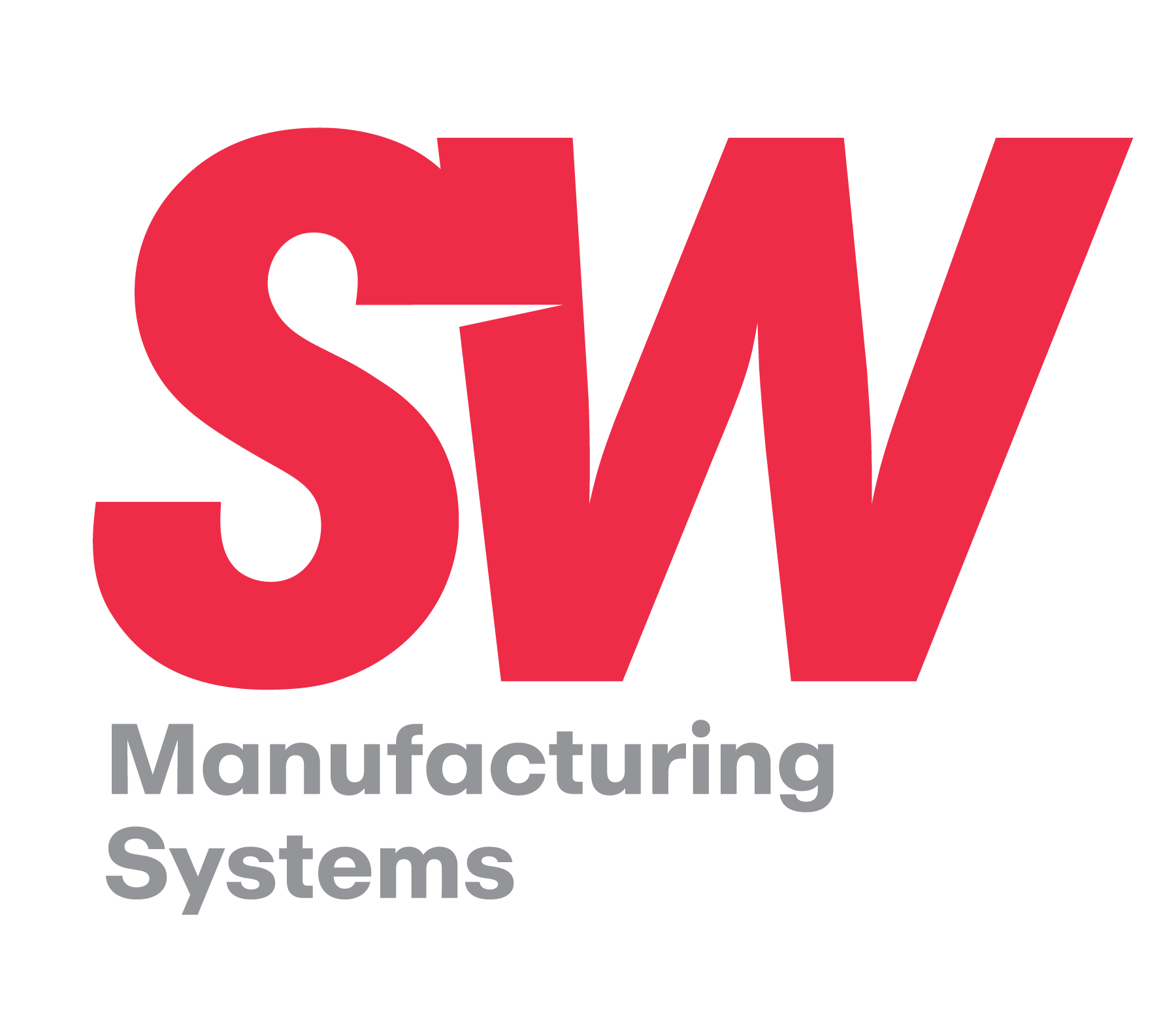The firearms manufacturing industry has grown by 5 percent per year over the last five years, according to IBIS World. The same report showed that gun and ammunition revenue in the U.S. eclipsed $20 billion just last year. To continue on this upwards growth trajectory in firearms manufacturing, new technology like multi-spindle machining may be the “silver bullet” needed for growth.
Using multi-spindle machining in firearms manufacturing solves many challenges. By replacing older single-spindle machining centers with newer multi-spindle machining centers, firearms manufacturers can:
● Significantly increase output
● Conserve much-needed floor space
● Reduce labor costs and save energy consumption
● Lower the cost to build each part
Increasing output can be easier than expected
With multi-spindle machining, firearms manufacturers can machine two or four parts simultaneously and have the cycle time amortized over multiple parts. In our experience, machining with four spindles has reduced cycle times for firearms manufacturers by up to 60 percent versus single-spindle machines.
To further maximize output, SW North America, Inc.’s dual-table machines enable loading and unloading parallel to machining time. This is significant, as it virtually eliminates any non-productive machining time. Additionally, for added flexibility, some multi-spindle machines also provide the ability to have independent X, Y, and Z axes.
How to conserve floor space by up to 66 percent
Similarly, the space savings for the firearms manufacturing industry are considerable when replacing single-spindle machines with twin-spindle machines. When machining aluminum, for instance, a twin-spindle machine can replace up to three single-spindle machines.
This is a result of the design of the fixtures, tool changers, and the moves that the multi-spindle machine makes all at once.
Since one multi-spindle machine can produce the output of two, three, or four machines, less floor space is required, and you can achieve significantly higher capacity from your production floor. SW North America, Inc. has designed and implemented completely automated system solutions throughout the firearms manufacturing industry to help organizations further consolidate tasks, like gauging and laser marking, to eliminate space-consuming equipment.
Reducing labor and saving energy in firearms manufacturing
As global news outlets like Reuters report that labor costs and wage are continuing to rise, it is in the best interested of the firearms manufacturing industry to find added ways to operate leaner. Multiple-spindle machining options can support cost reductions, by allowing one operator to run a complete production line through:
• integrating automation and a part storage tower to enable lights-out machining for an entire eight-hour shift or longer,
• programming and operating similarities between multi-spindle and single-spindle machines, and
• easy-to-operate multi-touch control panels and tool control systems.
Additionally, by switching to multi-spindle machines the firearms manufacturing industry can reduce energy consumption by an average of 50 percent per part, according to internal case studies from SW North America, Inc. Less energy consumption means lower machining costs and reduced C02 production for a greener, more efficient firearms manufacturing facility.
Lowering the cost per part significantly
Did you know that one four-spindle machine has comparable output to four single-spindle machines? This has been examined at depth with SW North America, Inc. firearms manufacturing clients across the country. It is important to know that every machine represents an investment, with additional investments in spare parts.
By reducing the number of machines in your production line, costs associated with consumables and maintenance are also reduced. Automation can further reduce the cost per part, particularly when firearms manufacturers can have one robot serving two or more machines.
On an individual basis, the multi-spindle machine may be a costlier investment than a single-spindle machine. However, when buying one four-spindle machine, that means firearms manufacturers:
• no longer need the four other single-spindle machines,
• can reduce or reallocate three operators,
• get about two-thirds of the floor space back,
• are able to retain fewer spare parts,
• conserve a large amount of electricity, coolant, and air consumption.
Turning to SW North America, Inc.’s multi-spindle machines, the patented monoblock design allows for high rigidity by minimizing bending and ensuring optimum torsion-free flow of force between the workpiece, tool, and the spindle. SW North America, Inc. machining centers set standards in economical and precise machining of steel, cast iron and non-ferrous materials.
To meet increased production demands and save on labor costs, contact an SW North America, Inc. firearms manufacturing expert at contact.na@sw-machines.com.
